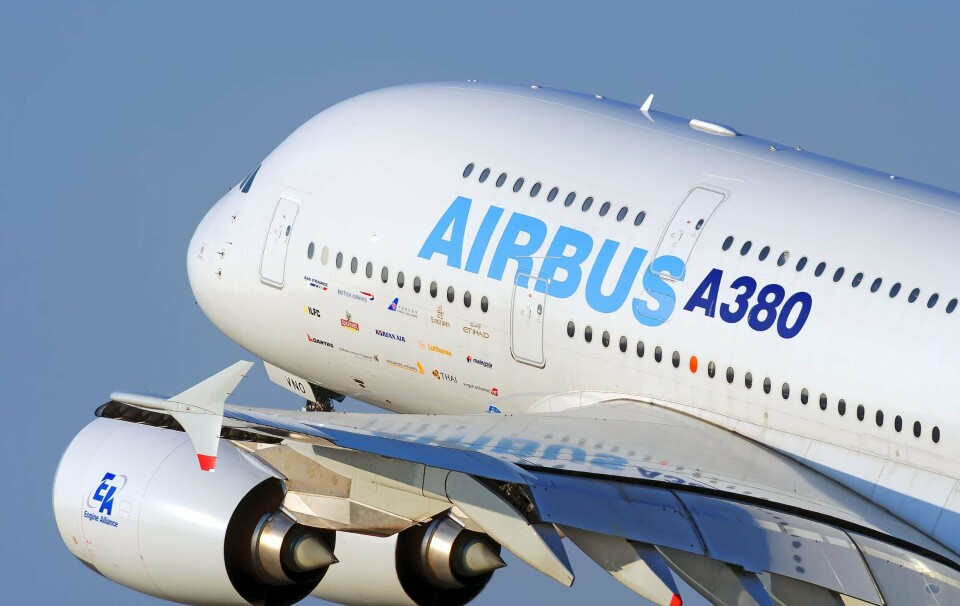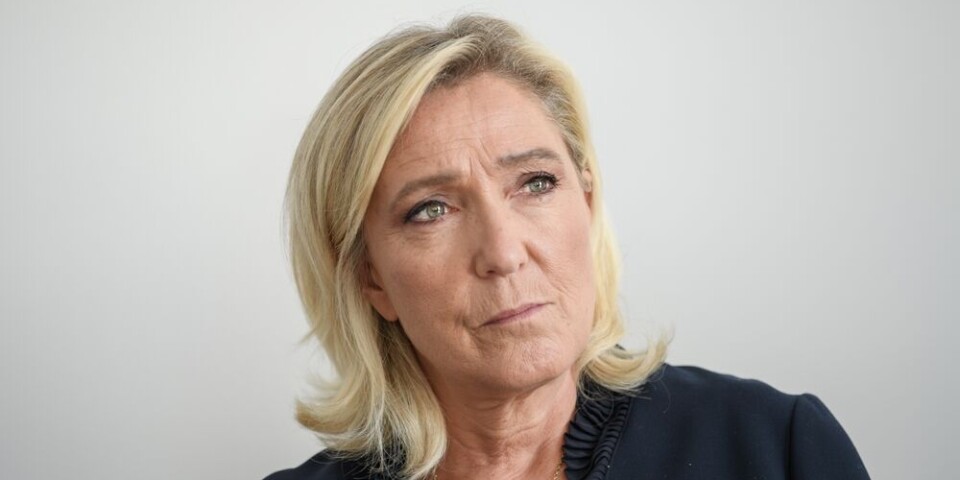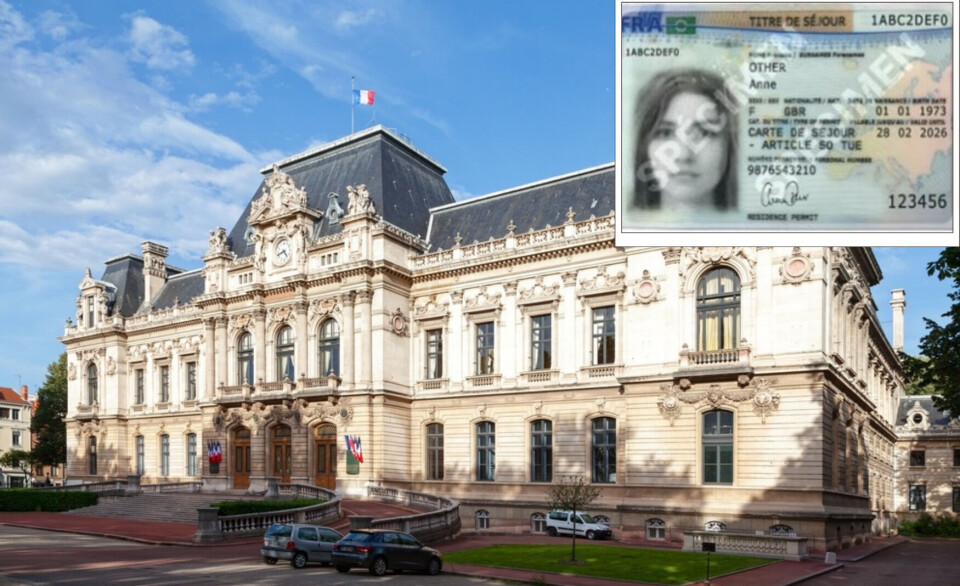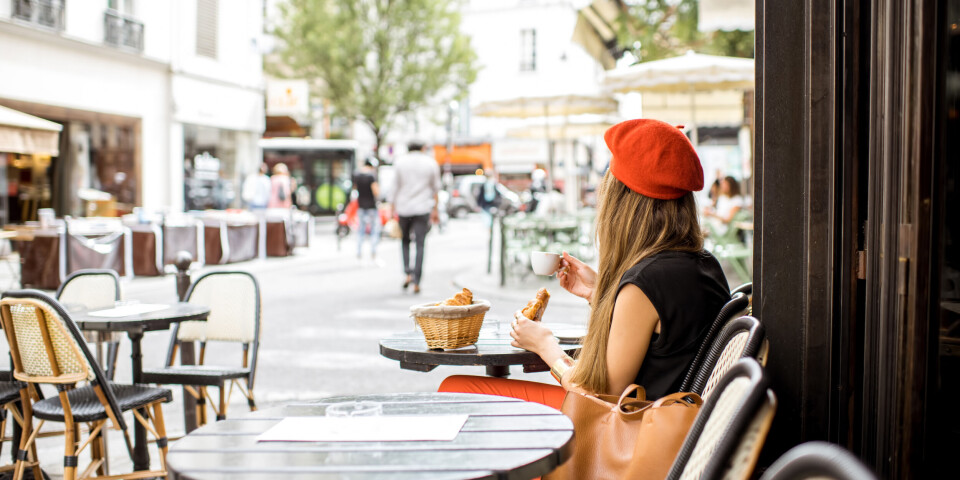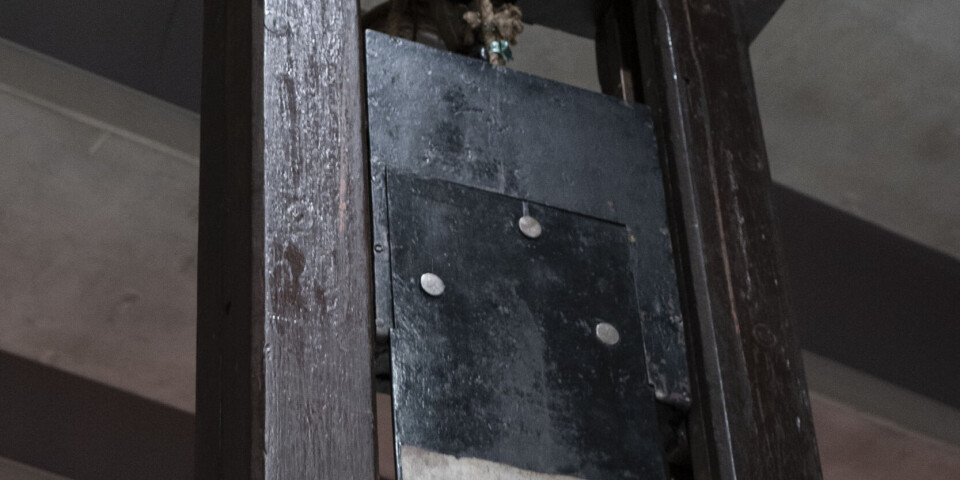-
List: how to apply for Brexit card renewals in different areas of France
An increasing number of prefectures have online procedures, but some are yet to provide information
-
All Saints’ Day: American war cemetery in north-east France hosts grave sponsorship event
Members of the public can discover the story of their service member, in exchange for flowers
-
Far-right win ‘historic’ first vote in French parliament over French-Algerian treaty
Vote may signal end of blanket ban by other groups against far-right proposals
Air pollution fell in Paris car ban
Measures to fight March’s spike in pollution had a small but measurable effect, air-quality monitors have said
EMERGENCY measures to fight March’s spike in pollution in Paris had a small but measurable effect, air-quality monitors in the capital have said.
In a report published yesterday Airparif, the NGO that monitors air quality, revealed that the registration plate-based ban on vehicles reduced fine particle pollution in the city by 6%.
Airparif described the ban as having a “quantifiable and visible impact”, but it warned that it would take “sustainable large-scale action” to reduce chronic pollution levels in Paris.
During the restrictions, air quality especially improved in areas closest to the usually busy Peripherique, where speed limits were cut to 70kph in January speed limits were cut to 70kph in January in a bid to cut pollution levels.
The restriction on cars based on their licence plate numbers was criticised by commuters who were unable to use their vehicles, but the report showed that levels of PM10 pollutants were down 15%, with a 20% drop in nitrogen dioxide emissions during the 18-hour ban.
Travel on public transport was free during the crisis in Paris and other French cities.
Now, Paris’s newly elected mayor Anne Hidalgo recently elected mayor is to propose rapid-response traffic restrictions in an anti-pollution plan she will present to the city council on Monday.
It proposes making residential parking free and will impose a ban on buying diesel vehicles for the municipal fleet.
Ms Hidalgo plans to keep the alternating traffic scheme and wants it implemented as soon as pollution rises to dangerous levels in the capital.
Airparif’s report also noted that, despite the general decrease in air pollutants in 2013, Paris’s air still does not meet European standards.





